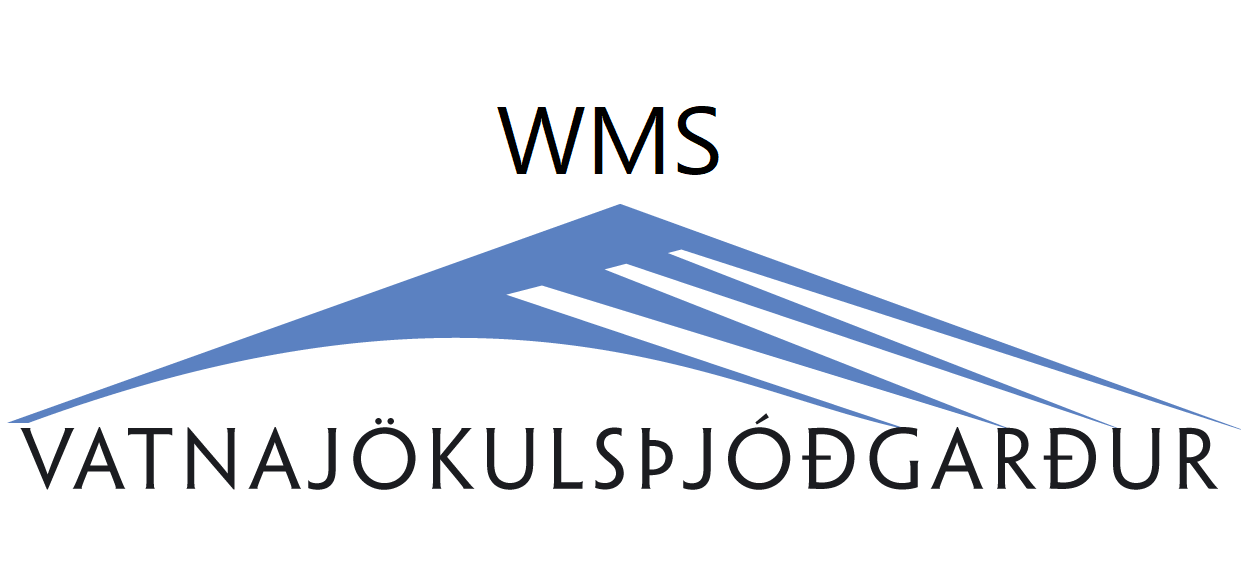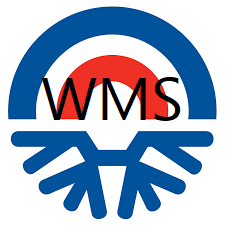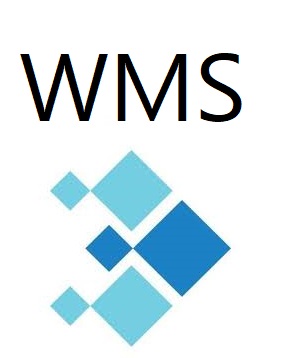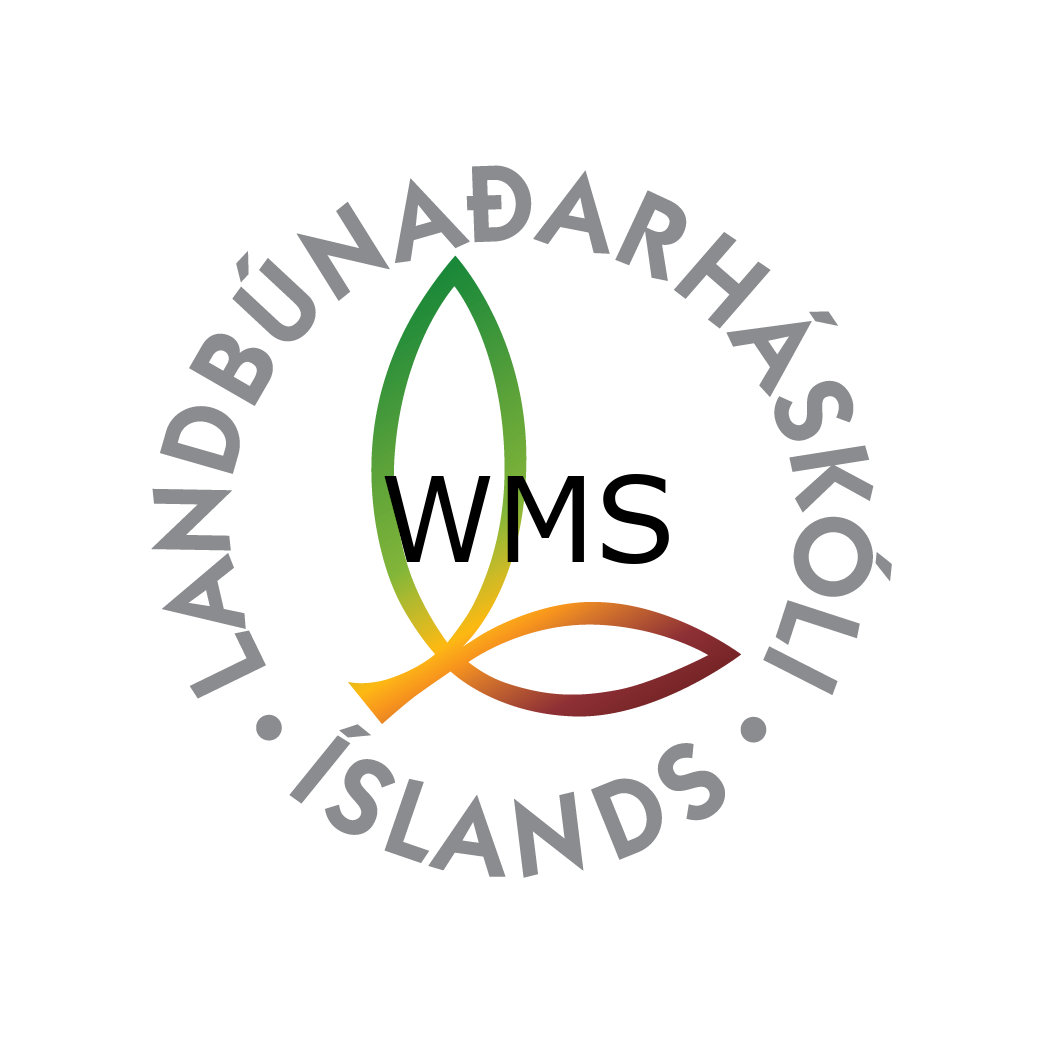service
Type of resources
Available actions
INSPIRE themes
Keywords
Contact for the resource
Provided by
Years
Formats
Representation types
Update frequencies
status
Service types
-

Íslenskur texti er í vinnslu. This raster dataset is a visibility analysis of several wind turbine projects across Iceland which are a part of the fifth phase of the master plan (Rammaáætlun http://www.ramma.is/). The area analysed is a 45 km buffer zone around each wind turbine project. The cutout areas in the 45 km buffer have no visibility due to visual obstruction. The red colour represents high visibility, fading into yellow, with the green colour representing low visibility of the wind turbines. Zones of theoretical visibility have been classified as near (0-2km), intermediate (2-15km) and remote zone (>15km) which are represented in the colour grading. It should be considered that atmospheric conditions, lighting, shading and more affect visibility and detectability. The perception of the wind projects in the green zone will be more fading in the landscape without direct detection, while in the red coloured zone the wind turbine is a prominent element in the landscape. For further information consider reading the respective chapter in the project report or check out further tools like the Ramma 3D map. As a digital elevation model the 10x10 m resolution ÍslandsDEM is used which sets the dataset pixel resolution to 10x10 m. An average viewer height of 1.75 m is assumed, while the wind turbine heights vary between 150 m and 200 m depending on project sites. The maximal height of the wind turbine is considered, meaning to the upper blade tip. See more information in the table on the side. The curvature of the earth is considered in the simulation and a default atmospheric refraction of 0.13 is assumed.
-

Skoðunarþjónustur Minjastofnunar
-

Þekja sem sýnir halla lands í gráðum byggt á landlíkani Náttúrufræðistofnunar (IslandsDEM útg. 1). Aðeins er sýndur halli á ákveðnu bili sem miðast við algengan upptakahalla snjóflóða. Litir og flokkun halla er ætluð til að hjálpa ferðafólki í fjalllendi að meta halla í brekkum með tilliti til upptakahalla snjóflóða. Þekjuna er hægt að birta sem myndkorta-flísar (XYZ, 512x512 pixlar) í Web-Mercator vörpun (EPSG:3857). Sniðmát fyrir slóðina á flísarnar eru: https://geo.vedur.is/geoserver/www/imo_slopemap_epsg3857_v1/{z}/{x}/{y}.png Skýringarmynd fyrir litakvarða er aðgengileg hér: https://geo.vedur.is/geoserver/www/imo_slopemap_epsg3857_v1/Legend_box_v1.png
-

Skoðunarþjónustur Vatnajökulsþjóðgarðs
-

The European Environment Agency (EEA) is an agency of the European Union (EU) tasked with providing independent information on the environment. Established in 1990 and headquartered in Copenhagen, Denmark, the EEA serves as a key source of environmental data, assessments, and reports for policymakers and the public across Europe. With a focus on improving environmental decision-making and promoting sustainable development, the agency plays a vital role in monitoring, analyzing, and communicating environmental trends and challenges. At its core, the EEA aims to support the development, implementation, and evaluation of EU environmental policies. It achieves this mission through a range of activities, including data collection, analysis, and reporting. The agency collaborates with national environmental agencies in EU member states, as well as other international organizations, to gather and harmonize environmental data from across Europe. This wealth of information is then used to produce high-quality assessments and reports on various environmental topics. One of the primary functions of the EEA is to provide regular assessments of the state of Europe's environment. These assessments cover a wide range of issues, including air and water quality, biodiversity, climate change, and resource use. By compiling and analyzing data from different sources, the agency produces comprehensive reports that highlight key environmental trends, identify emerging challenges, and assess progress towards environmental objectives. These assessments are invaluable tools for policymakers, helping them to make informed decisions and prioritize actions to protect and improve the environment. In addition to assessing the state of the environment, the EEA also plays a crucial role in monitoring the effectiveness of environmental policies and measures. The agency tracks the implementation of EU environmental legislation and policies, assessing their impact on the ground. By evaluating the success or shortcomings of these policies, the EEA provides valuable feedback to policymakers, helping them to refine and strengthen environmental governance at the European level. Furthermore, the EEA acts as a hub for environmental information and knowledge exchange. The agency maintains several databases and online platforms, such as the European Environmental Data Centre (EEDC) and the European Environment Information and Observation Network (EIONET), which provide access to a wealth of environmental data, maps, and indicators. These resources are freely available to policymakers, researchers, NGOs, and the public, supporting evidence-based decision-making and fostering greater transparency and accountability in environmental governance. In this page you can find the Web Services of the European Environment Agency
-

Skoðunarþjónustur Ferðamálastofu
-

ECMWF is the European Centre for Medium-Range Weather Forecasts. Both a research institute and a 24/7 operational service, producing global numerical weather predictions and other data for our Member and Co-operating States and the broader community. The Centre has one of the largest supercomputer facilities and meteorological data archives in the world. Other strategic activities include delivering advanced training and assisting the WMO in implementing its programmes. A key player in Copernicus, the Earth Observation component of the European Union’s Space programme, offering quality-assured information on climate change (Copernicus Climate Change Service), atmospheric composition (Copernicus Atmosphere Monitoring Service), flooding and fire danger (Copernicus Emergency Management Service), and through the EU's Destination Earth initiative, we are developing prototype digital twins of the Earth. The organisation was established in 1975 and now employs around 450 staff from more than 35 countries. ECMWF is one of the six members of the Co-ordinated Organisations, which also include the North Atlantic Treaty Organisation (NATO), the Council of Europe (CoE), the European Space Agency (ESA), the Organisation for Economic Co-operation and Development (OECD), and the European Organisation for the Exploitation of Meteorological Satellites (EUMETSAT). This page contains information how to access data of the ECMWF.
-

Land og skógur, skoðunarþjónustur (áður Skógræktin).
-

Skoðunarþjónustur Fiskistofu
-

Skoðunarþjónustur LBHÍ.
 Lýsigagnagátt
Lýsigagnagátt